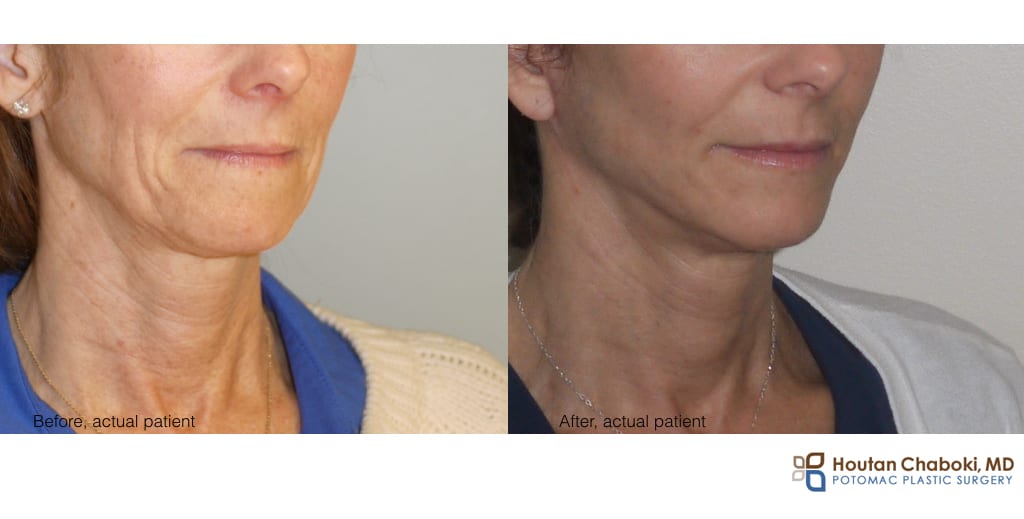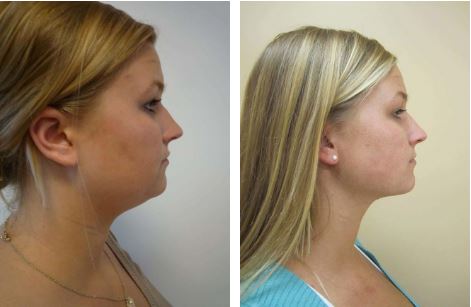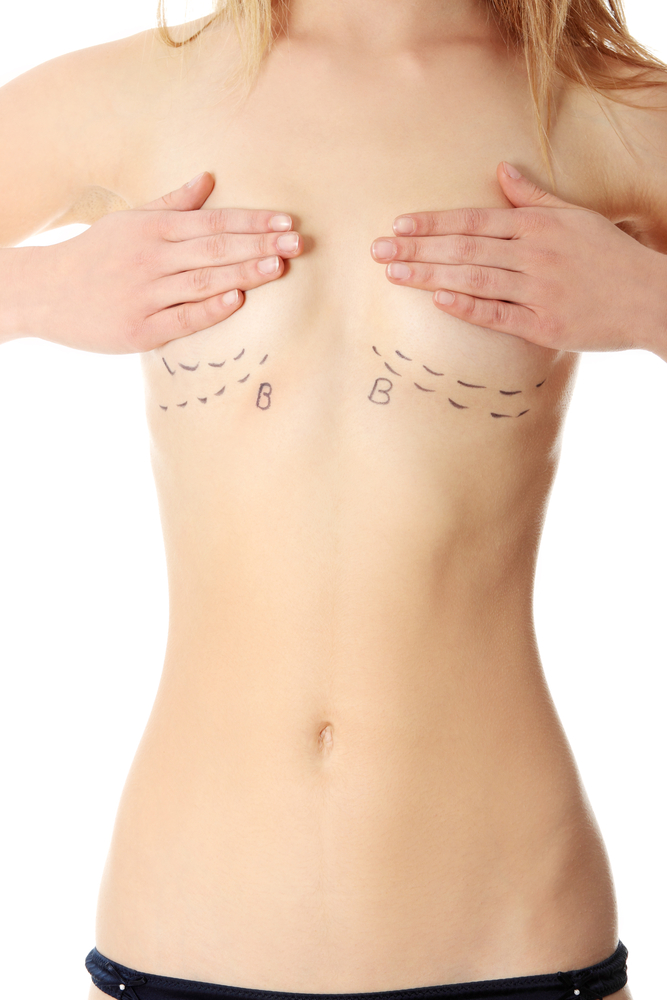
If you're suffering from a black eye, there are a few things you can do immediately. Apply a cold compress. Apply the cold compress for 15 minutes around your eyes. Repeat the procedure for the next 24 hours. You can also use a warm compress. This will help to increase blood flow to your eye area and promote healing.
Bruising around the eyes
Common injuries that cause pain and swelling around the eye are bruising. The bruising will usually appear reddish and then gradually darken. It could even turn purple or green, or brown. It may last as long as a few hours. The eye should not be overexercised until it heals. You should also apply warm compresses for 20 minutes at a time to the area. You should not do any hazardous activities until the bruising has faded completely.
An ice pack can also be used to reduce pain and swelling. A frozen bag of vegetables or fruits will work as well. These natural remedies are excellent for relieving swelling and pain. Ice should be avoided directly on the eyeball. It may contain chemicals that can cause eye irritation. Tylenol, an over-the counter pain reliever, can be used to ease the pain. However, do not take aspirin because it can cause the swelling to increase.

NSAIDs
Black eye pain is often treated with NSAIDs. These drugs can reduce inflammation and pain, and also help to reduce bleeding. Acetaminophen should be used instead of NSAIDs if there is bleeding in the eye. Although aspirin can be used to treat black eye, it is more risky than NSAIDs.
To reduce swelling and pain, you can also use acetaminophen/ibuprofen. Your doctor might advise you to avoid cold or raw meat, as these can cause infection. Warm compresses can be applied several times daily to heal the area.
CAM therapies
Although CAM treatments to treat black eye are not supported by science, some users report some positive effects. Side effects should be monitored and caution used when using CAM treatments. You should consult your doctor before you use CAM treatments. Arnica is believed to be effective at treating black eye, although research has not been consistent.
Black eyes can be difficult to treat. If the bleeding is severe or excessive, consult your doctor immediately. In the meantime, you should apply ice to the eye, but be careful not to apply direct pressure. Applying makeup to the eye should be avoided if it is red or swelling. This will increase redness and irritate the area.

When to see a doctor after a black eye
Although black eyes usually heal themselves, it is best to see a physician for professional care. Your doctor will be able to prescribe pain medication, and may even apply ice if needed. If necessary, they can take Xrays of the head or face to rule out fractures. If the injury is more severe, your doctor may refer you to an ophthalmologist or a neurosurgeon.
If you have a minor black eye that isn't causing any severe pain, you may apply ice to the affected eye. You can also apply a cloth to the area. However, a commercial icepack is an option. You could also try freezing vegetables. You should keep the eye as cold as possible if it is still bleeding. This will reduce swelling and pain. It is important to avoid any activities that might further hurt the eye. To relieve pain, you can use pain relief medications such as acetaminophen. However, do not press or poke your eye, as this can cause damage to the cornea.